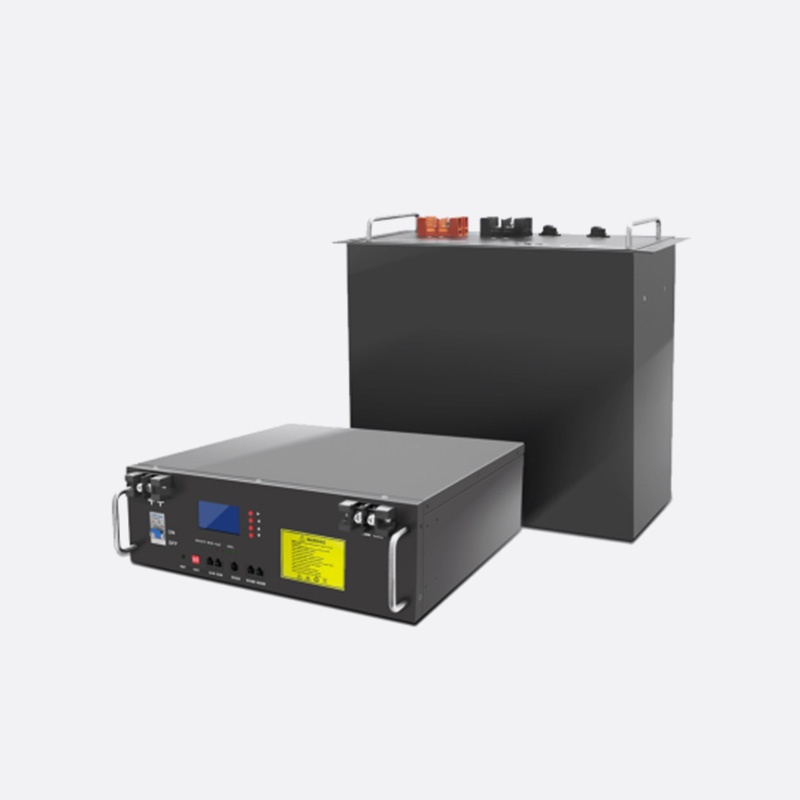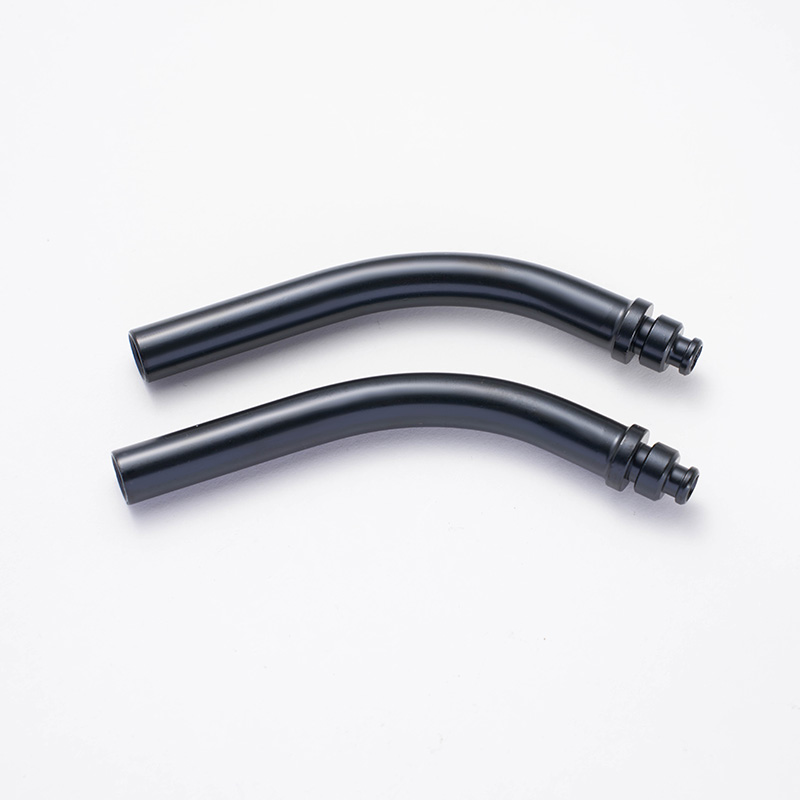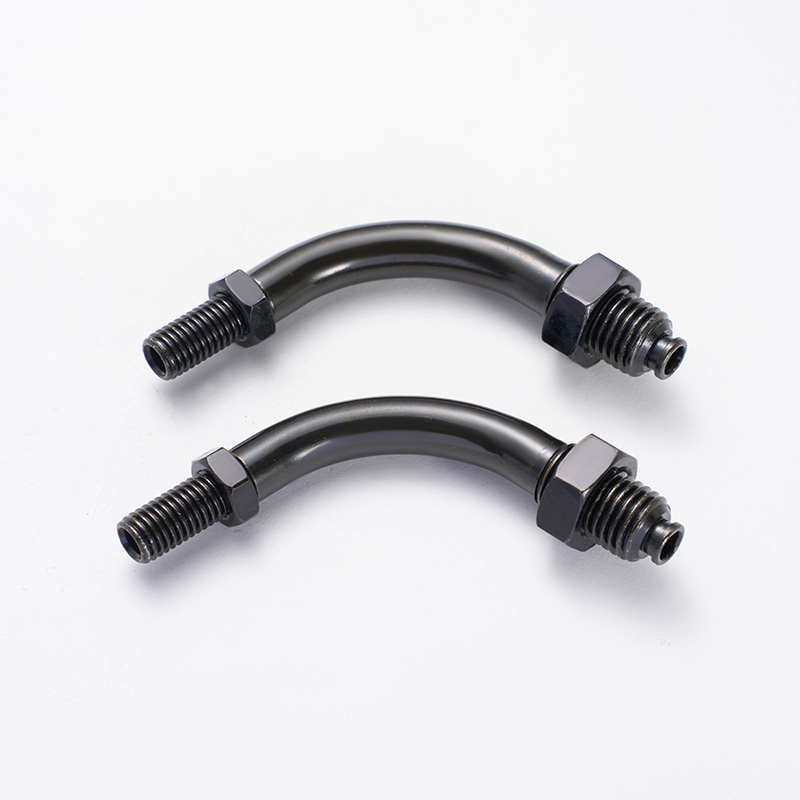Lithium phosphate prismatic batteries (LiFePO4) have gained popularity in recent years, especially in electric vehicles (EVs) and renewable energy systems, thanks to their safety features, long lifespan, and environmental friendliness. However, as with any technology, there are both advantages and disadvantages to using these batteries.

Lithium Phosphate Prismatic Battery Advantages and Disadvantages
Advantage 1: Long Cycle Life
One of the significant advantages of lithium phosphate prismatic batteries is their exceptional cycle life. These batteries can last much longer than other types of lithium-ion batteries, such as nickel-cobalt-aluminum (NCA) or nickel-cobalt-manganese (NCM) batteries. LiFePO4 batteries typically offer 2,000 to 3,000 charge-discharge cycles, significantly outlasting alternatives like lead-acid batteries, which may only last a few hundred cycles.
This extended lifespan is particularly beneficial for applications where batteries need to be replaced infrequently, such as in electric vehicles or large-scale energy storage systems. The longer cycle life reduces overall replacement costs and ensures that the system continues to operate smoothly for many years, providing a more sustainable and cost-effective solution in the long term.
Disadvantage 1: Lower Energy Density
A significant disadvantage of lithium phosphate prismatic batteries is their lower energy density compared to other lithium-ion battery chemistries. LiFePO4 batteries have a lower amount of energy stored per unit of weight or volume, meaning that for the same weight or size, these batteries provide less energy.
For applications where space and weight are crucial, such as in electric motorcycles or lightweight vehicles, the lower energy density may limit the range or performance of the vehicle. In some cases, users may need to opt for a larger or heavier battery to meet their energy needs, which can impact the overall design and efficiency of the vehicle.
Advantage 2: Enhanced Safety
LiFePO4 batteries are known for their safety characteristics. Unlike other lithium-based batteries that are prone to thermal runaway and overheating, lithium phosphate prismatic batteries are much more stable and resistant to combustion, even under conditions. This makes them safer to use in various applications, reducing the risk of fire or explosion.
The enhanced safety of LiFePO4 batteries is particularly advantageous for electric vehicles and energy storage systems, where overheating or malfunctions could result in catastrophic failures. These batteries have a more stable chemical structure, which provides greater confidence in their use, especially for consumers and industries that prioritize safety.
Disadvantage 2: Lower Voltage
Another disadvantage of lithium phosphate prismatic batteries is their lower nominal voltage compared to other lithium-ion chemistries. While LiFePO4 batteries have a nominal voltage of around 3.2 volts per cell, other lithium-ion chemistries, such as NCA or NCM, have higher nominal voltages of around 3.6 to 3.7 volts per cell.
The lower voltage of LiFePO4 batteries may require more cells to achieve the same total voltage, the need for a more complex battery management system (BMS) and possibly larger or more costly battery packs. This can increase the overall size, weight, and cost of the battery system, particularly for high-performance or high-energy applications.
Lithium Phosphate Prismatic Cell Advantages
Lithium phosphate prismatic cells offer a variety of advantages that make them a popular choice for both small-scale and large-scale applications. These batteries stand out not only for their safety and longevity but also for their environmental benefits. Below are some of the key advantages of using lithium phosphate prismatic cells.
1. Safety Features
One of the notable benefits of lithium phosphate prismatic cells is their safety profile. LiFePO4 chemistry is inherently more stable than other types of lithium-ion batteries. Unlike batteries that use cobalt or nickel, lithium phosphate cells are less prone to overheating and thermal runaway, a phenomenon where the battery can catch fire or explode due to excessive heat.
The chemical structure of lithium phosphate provides a higher thermal stability, which means that the cells can withstand high temperatures without breaking down. As a result, these batteries are safer for use in electric vehicles, solar energy storage, and other applications where safety is a primary concern.
2. Long Lifespan
Lithium phosphate prismatic cells are known for their long cycle life, making them a more durable and cost-effective option for many energy storage solutions. These batteries can typically last between 2,000 and 3,000 charge-discharge cycles, much longer than their counterparts in the lead-acid or even some lithium-ion categories.
This extended lifespan translates to fewer battery replacements over time, which is particularly advantageous in applications where replacing the battery is costly or difficult, such as in electric vehicles, solar energy systems, and backup power systems. A longer lifespan also means fewer environmental impacts related to battery disposal and production.
3. Environmentally Friendly
Another advantage of lithium phosphate prismatic cells is their environmental friendliness. Unlike other lithium-ion batteries that use materials like cobalt, which is associated with harmful mining practices and environmental concerns, LiFePO4 batteries use non-toxic materials like iron and phosphate.
The lack of harmful materials makes lithium phosphate batteries a more sustainable choice, especially in industries focused on reducing their carbon footprint and environmental impact. Additionally, the long lifespan of these batteries means that fewer batteries end up in landfills, further reducing their environmental impact.
 boo@zjmgmm.com / 958587858@qq.com
boo@zjmgmm.com / 958587858@qq.com English
English русский
русский Español
Español عربى
عربى







 English
English  Building 33, Demonstration Park, No. 318 Chenguang Road, Eastern New District, Wenling City, Taizhou City, Zhejiang Province, China
Building 33, Demonstration Park, No. 318 Chenguang Road, Eastern New District, Wenling City, Taizhou City, Zhejiang Province, China  0086-576-86337978
0086-576-86337978  0086-576-86333878
0086-576-86333878
 boo@zjmgmm.com
boo@zjmgmm.com 